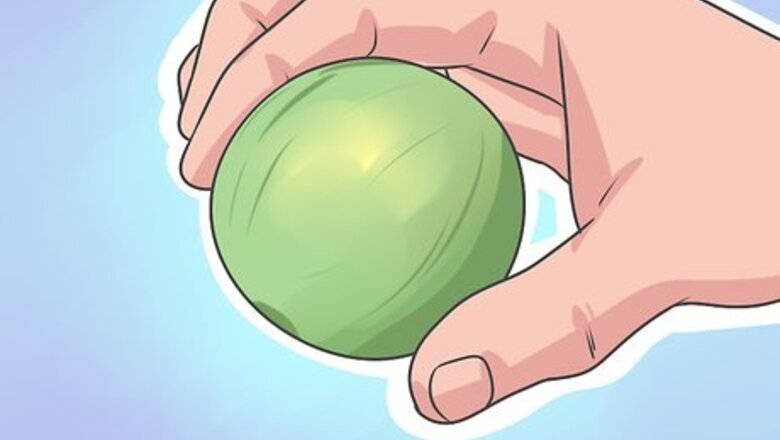
views
Husking and Washing Walnuts

Harvest nuts when the outer husk is still green. It should be soft enough for you to indent it with your fingers, but still green, rather than brown or mottled. This indicates that the nut has fully formed and is ready to be used. Black walnuts usually become ripe in September or October. You can harvest them from the ground or shake them off the tree with a pole. Wear gloves when handling black walnuts, since they stain clothes and skin.
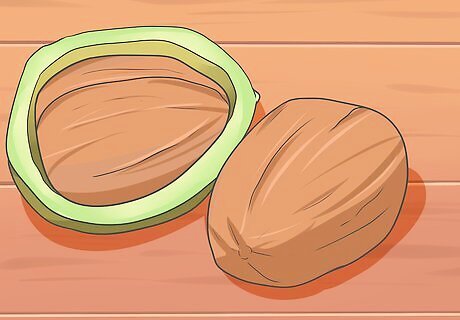
Husk the nuts. Even when walnuts are mature, it's a little difficult to remove the husks; they can't just be peeled off. The goal is to get them off without breaking the nuts inside. There are a few popular methods for husking the nuts, so choose the one that works best for your needs: Roll the nuts under a heavy boot to dislodge the husks. Roll the nuts under a wooden board or another heavy object. Place the walnuts on a driveway and drive back and forth over them. The husks will come off, but the nuts won't break.
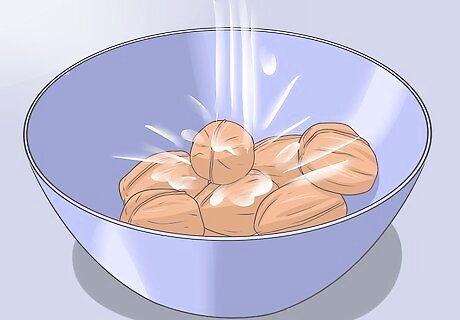
Wash the unshelled nuts. Fill a bucket with cold water and use it to wash off the nuts, which will be covered with juice and dirt. Discard the ones that float, since this means they don't have meat inside (in other words, they are "unfilled").

Dry the nuts in a well-ventilated area. Spread them in a thin layer on a tarp or another clean surface in your garage, basement, or another area that gets plenty of good circulation but is out of direct sunlight. Leave them there for two weeks, until the shells are completely dried out. If there's no threat of rain, you may dry your walnuts outdoors. Stir them occasionally to promote circulation.
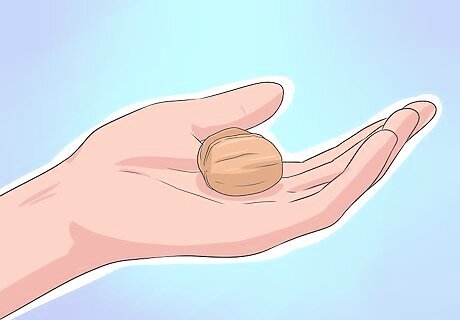
Check the walnuts to see if they're dry. Open up a nut or two and check the meat inside. A walnut is ready when the meat inside is brittle, and is surrounded by a brittle tissue. If it's still rubbery and moist, continue drying the nuts. Storing them before they're properly dried will result in mold issues and rotting.
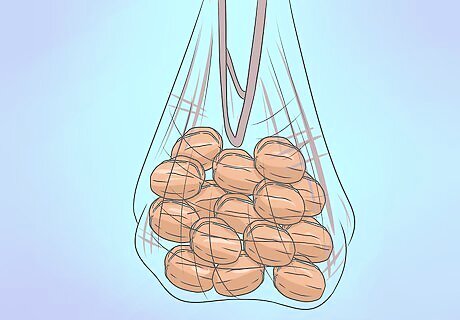
Store the nuts until you're ready to use them. Once they're completely dry, place them in mesh bags or baskets. Store them in a cool, dark place, such as a cellar, or freeze them in your freezer. They'll keep for one to two years, depending on the quality of the nuts.
Cracking the Nuts

Crack the nutshells. Since walnut shells are so difficult to crack, nutcrackers don't typically work (in fact, you're more likely to break your nutcracker than the shell). People have developed a few different techniques for getting to the meat: Pre-condition the shells to make them easier to crack by soaking the nuts in water for two hours, then placing them in a covered container overnight. Crack when the shells are soft. Place the walnuts in a bag and use a hammer to smash the shells. You'll have to hand-separate the meat from the broken shells. Crack them one at a time by wrapping them in a dish towel and banging them with a hammer.
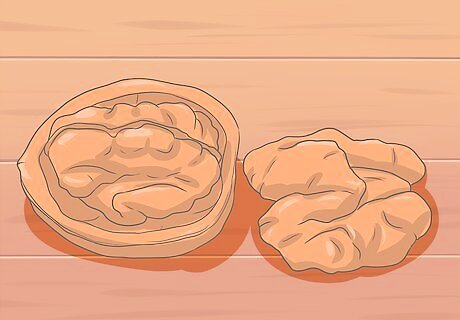
Let the nutmeat sit out for two days. During this time it will dry out a little further. This step is essential if you plant to store the unshelled nuts, since they'll spoil if they're still holding a lot of moisture. Place the kernels on a baking sheet or tray and let them sit in a well-ventilated spot until they're dry.
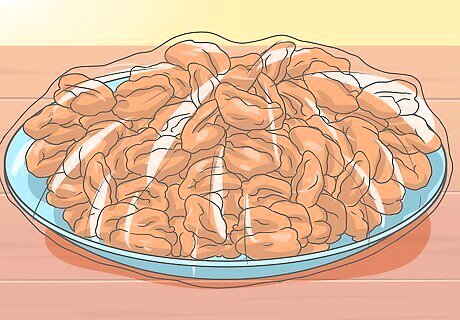
Store or use the nuts. If you plan to store them, place them in an air-tight container and store them in the pantry or the refrigerator. If you prefer, roast the nuts until they're golden brown before storing.




















Comments
0 comment